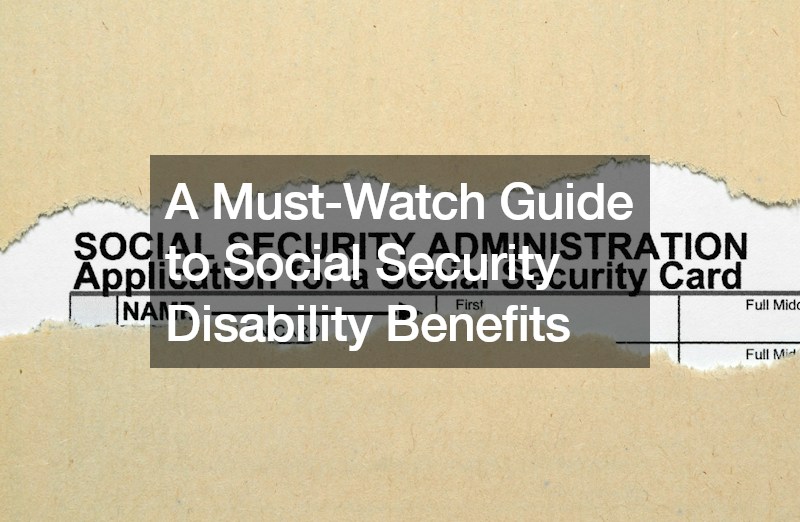Student loans have been a critical topic in the United States for years, but recent developments have brought the issue into sharper focus. With policy changes, shifts in repayment options, and evolving regulations, it’s crucial for students, graduates, and families to stay informed about the latest news regarding student loans. In this article, we’ll discuss some of the most recent updates on student loan forgiveness, repayment options, interest rates, and the overall impact on borrowers.
1. Supreme Court’s Decision on Student Loan Forgiveness
One of the most significant developments in 2023 was the Supreme Court’s decision to block President Biden’s student loan forgiveness plan. The administration had proposed canceling up to $20,000 of federal student loan debt for eligible borrowers, which would have provided relief to millions of Americans struggling with student debt. However, the Court ruled that the executive branch lacked the authority to implement such a sweeping measure without Congressional approval.
This decision was a major setback for borrowers who were hoping for substantial debt relief. The Biden administration has since indicated that it will explore alternative options, including using existing legislative tools like the Higher Education Act to pursue more targeted forms of debt relief. In the meantime, borrowers must prepare for the resumption of student loan payments.
2. Student Loan Payments Resuming in 2024
After more than three years of pause on federal student loan payments due to the COVID-19 pandemic, repayments are scheduled to resume in 2024. The payment pause, which began in March 2020 under the CARES Act, provided temporary relief to more than 40 million borrowers. During this time, interest on federal student loans was set to 0%, and no payments were required.
With the payment freeze coming to an end, borrowers will need to start budgeting for monthly payments once again. The U.S. Department of Education has urged borrowers to check their loan servicers, update contact information, and confirm payment amounts and due dates. This transition period may be challenging for some borrowers, particularly those who have experienced financial difficulties during the pandemic.
3. The Introduction of the SAVE Plan
In response to the Supreme Court’s ruling on student loan forgiveness, the Biden administration unveiled a new income-driven repayment plan known as the Saving on a Valuable Education (SAVE) Plan. This plan is designed to replace the existing REPAYE plan and offers more favorable terms for borrowers. Some of the key features of the SAVE Plan include:
Borrowers with undergraduate loans will pay no more than 5% of their discretionary income toward loan payments, down from the previous 10%.
Any unpaid interest will not accrue as long as borrowers make their required payments, meaning their loan balance won’t grow even if they are making smaller payments.
The income exemption threshold has been raised, meaning more borrowers will qualify for $0 monthly payments if their income is low enough.
The SAVE Plan is expected to provide significant relief to low- and middle-income borrowers by reducing their monthly payments and making it easier to manage their debt. Borrowers can enroll in the SAVE Plan through the federal student aid website.
4. Rising Interest Rates and Student Loan Impact
Interest rates on federal student loans are set by Congress each year and can fluctuate depending on the economic environment. In 2023, interest rates on new federal student loans increased due to inflationary pressures and Federal Reserve rate hikes. The interest rate for undergraduate loans rose to 5.50% from 4.99%, while graduate loans increased to 7.05%.
While these changes only apply to new loans, they highlight a broader trend of rising borrowing costs, which can make higher education even more expensive for future students. Private student loans, which are often pegged to market interest rates, have also seen rate increases. Borrowers should carefully consider both federal and private loan options, taking into account interest rates, repayment terms, and other financial factors when financing their education.
5. New Focus on Borrower Advocacy and Financial Literacy
In response to growing concerns about the student debt crisis, there has been an increased focus on borrower advocacy and financial literacy. Nonprofit organizations and government agencies are working to provide more resources and education to help borrowers navigate the complexities of student loans. This includes initiatives to raise awareness about income-driven repayment plans, forgiveness options, and how to avoid predatory lending practices.
Financial literacy programs are also being promoted in high schools and colleges to help students make informed decisions about borrowing and managing debt. By understanding their loan terms, repayment options, and potential financial consequences, students can make smarter choices that minimize long-term debt burdens.
6. Potential Future Legislative Actions
As the conversation around student loans continues, there is increasing pressure on Congress to pass more comprehensive reforms. While broad-scale student loan forgiveness remains unlikely due to political opposition, lawmakers may explore smaller measures aimed at addressing specific aspects of the student loan system. These could include expanding Pell Grants, reducing interest rates, or simplifying the process for accessing income-driven repayment plans.
Another area of potential legislative focus is the cost of higher education itself. Policymakers are exploring ways to make college more affordable by increasing funding for public universities, creating more apprenticeship programs, and incentivizing alternative forms of education.



